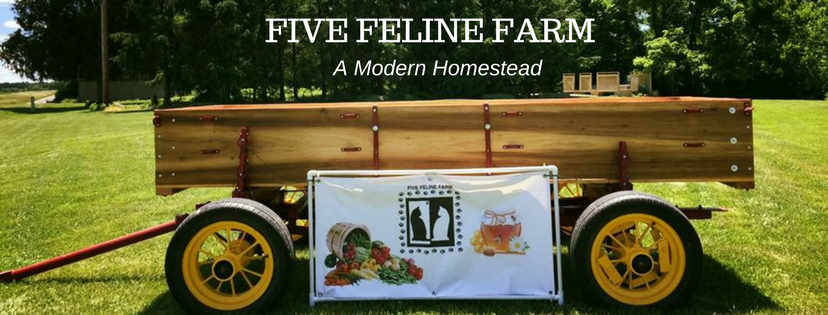I’m always looking for a new food to try in the kitchen. It’s even better when I can experiement with a locally grown ingredient that is inexpensive and abundant.
Enter Spring Garlic
First what is it?
Some refer to this as wild garlic, although we grow a row on purpose. It comes back every year and in fact multiplies if we don’t keep it under control. This garlic does not produce large bulbs like you will find on cultivated garlic, but it is still quite delicious. There are several parts of this plant I use at different times of the year.
Parts to use
Spring garlic does not produce large root bulbs, so don’t expect to use this for cloves of garlic. Instead, in the early spring, it is used like green onions, except with the taste of garlic. Later, as it prepares to flower, the end of the flower stalk can be snapped off and cooked. These are referred to as scapes. (This post gives more information about using those.)
After a week or so of growth beyond the scape stage, you can harvest bulbils. These occur just before the bud begins to break open into a flower and provide another tasty option. Pick the flower bud, peel back the thin covering and separate the tiny bulbs. These give a delicious pop of garlic flavor in any dish.
Early stalk use
The rest of this post will describe how to use the early part that looks like a green onion.
Harvest when the bottom is just beginning to swell and the green shoots are about one to two feet tall. While you are harvesting for the table, you are also thinning out the crop to allow the remaining plants to grow and thrive. Trim the root ends and peel back the outer layer of more fibrous covering. Wash thoroughly to remove any remaining dirt particles.

Slice thinly just up to where the stalk begins to turn green. Send the remainder to the compost pile.
Use as you would in place of garlic. Beware, this will smell very strong but the flavor is quite light.
Sample Menu
 For an entirely garlic themed meal, I used thinly sliced pieces in a lemon and olive oil sauce for pasta. Then, I minced the remaining pieces, mixed with butter and topped italian seasoned scones. Pair with a crisp green salad. Delicious.
For an entirely garlic themed meal, I used thinly sliced pieces in a lemon and olive oil sauce for pasta. Then, I minced the remaining pieces, mixed with butter and topped italian seasoned scones. Pair with a crisp green salad. Delicious.
For more cooking ideas like this, check out my cooking memoir Simply Delicious. Plus follow our Facebook, Twitter and Instagram social media for daily Five Feline Farm updates.








